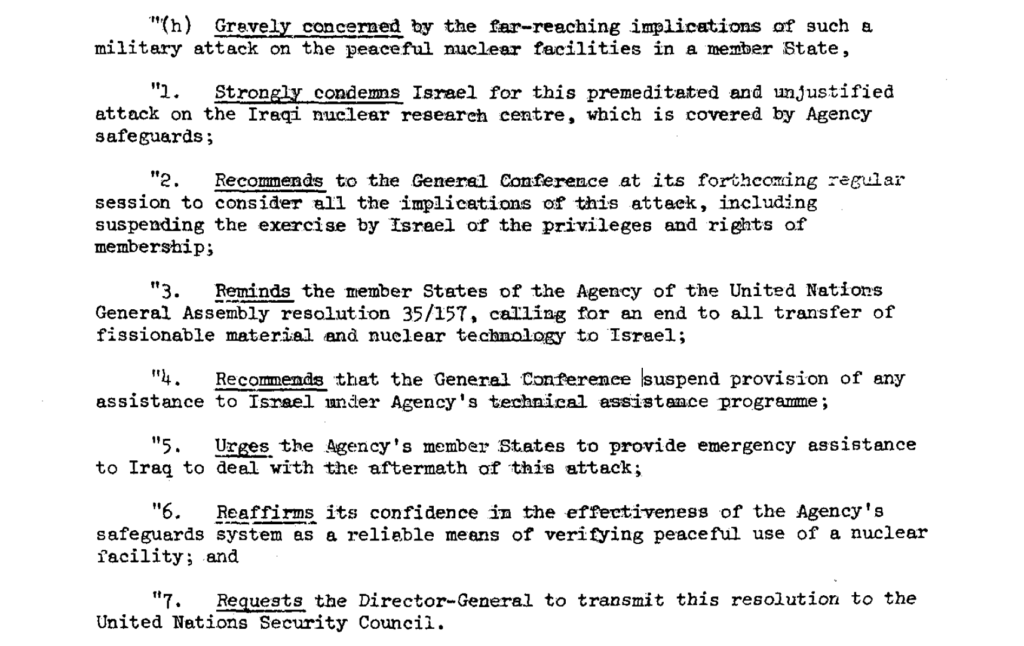I was re-reading this speech from Christopher Ford when I realized that I had missed this excellent summary of the current India-Pakistan nuclear dynamics:
Indeed, the N5 process conspicuously leaves out two major nuclear weapons possessors — India and Pakistan — who find themselves today in a dangerous arms race that presents perhaps the single most likely scenario for nuclear warfare in the world today. Both are developing an ever-wider and more diverse range of potential delivery systems in ways that are likely to be notably destabilizing. They have not applied the hard-won lessons of our Cold War mistakes, instead following paths that shrewd observers now understand to be dangerous and destabilizing — for instance, Pakistan’s development of short-range, forward-deployed nuclear weapons of the very sort that NATO by the early 1980s had come to understand were more likely to lead to uncontrollable escalation or loss of control than they were to contribute to stable deterrence.
Meanwhile, Beijing’s nuclear build-up continues to catalyze expansion of New Delhi’s delivery systems — and these dynamics, coupled with cross-border terrorism emanating from Pakistan, are creating destabilizing ripple effects through the subcontinent. (This points, by the way, to yet another benefit of trilateral arms control between the United States, Russia, and China: it has the potential to help reduce arms race pressures in the South Asian context, too.) We have also watched with concern as Pakistan and India engaged in military confrontation under the “nuclear umbrella” of their mutual deterrence, seemingly overconfident in both governments’ ability to manage escalation and avoid catastrophe. Nothing about the South Asian nuclear situation is reassuring at the moment.


